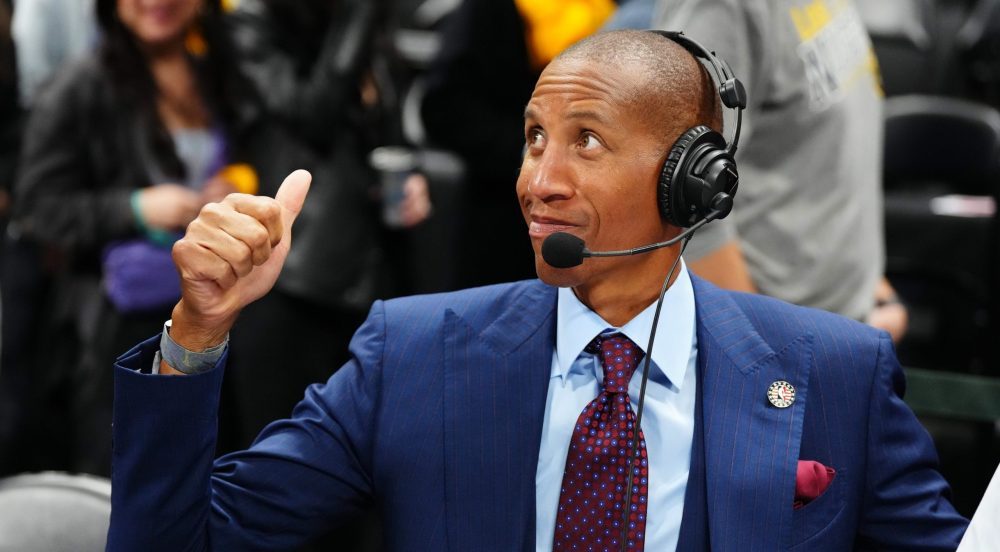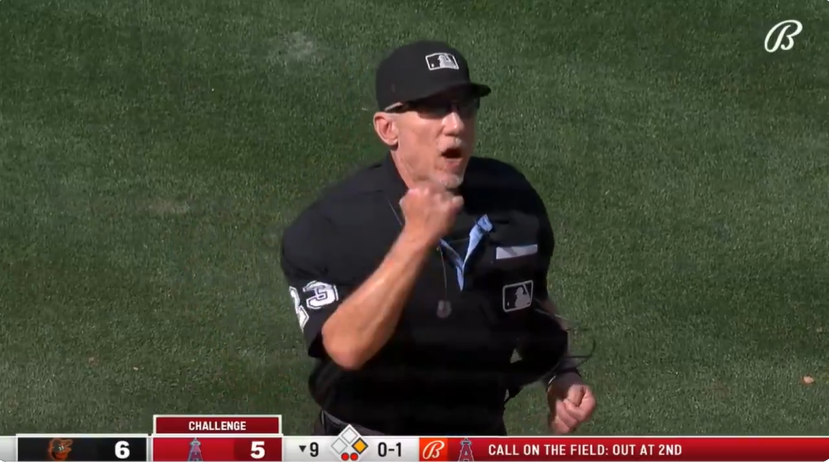Exclusively-streamed games, such as the NFL is doing with Bills-Jaguars on October 25, have obvious value for tech companies that are already into streaming video. That group includes companies such as Netflix, Google, Apple and Yahoo (which won the rights for this one, reportedly paying $10 million to do so). However, there also were some surprising companies without a lot of streaming experience involved in the bidding for this one. The Wall Street Journal‘s Yoree Koh reports that Twitter was amongst those unsuccessful bidders, and that their bid is part of a larger live-event-focused strategy that might see them bid on other sports going forward:
Twitter, seeking to be a bigger player in live events, is planning a new product to curate tweets and other content about major sports contests, entertainment events and breaking news.
As part of the push into live events, Twitter earlier this year bid on the right to the NFL’s first streaming-only broadcast, according to a person familiar with the matter. Yahoo ultimately won the rights to the Oct. 25 game between the Buffalo Bills and Jacksonville Jaguars.
Twitter’s new product, for now called Project Lightning, will organize and curate tweets, photos and videos based on live events, such as the NBA Finals, the Oscars or last week’s New York prison escape.
What exactly could that look like? BuzzFeed’s Mat Honan first reported the existence of Project Lightning after receiving an exclusive sneak peek at it, and his piece has some details on what Twitter’s planning:
On Twitter’s mobile app, there will be a new button in the center of the home row. Press it and you’ll be taken to a screen that will show various events taking place that people are tweeting about. These could be based on prescheduled events like Coachella, the Grammys, or the NBA Finals. But they might also focus on breaking news and ongoing events, like the Nepalese earthquake or Ferguson, Missouri. Essentially, if it’s an event that a lot of people are tweeting about, Twitter could create an experience around it.
“It’s around anything that’s interesting,” Weil explains. “It could be current events. It could be breaking news. It could be awards shows or sports. But also cultural events and moments — things around your location and where you are. There’s amazing content, for example, posted to Throwback Thursday every single Thursday. But it’s hard to discover it; you have to work as a user to go and find the best stuff, but [we] can do it easily and can package it richly.”
Launch one of these events and you’ll see a visually driven, curated collection of tweets. A team of editors, working under Katie Jacobs Stanton, who runs Twitter’s global media operations, will select what it thinks are the best and most relevant tweets and package them into a collection.
These collections are designed to take advantage of images and videos associated with a particular event, and to bring them to life. None of that media is presented in the standard Twitter timeline — each tweet, picture, or video will take up the entire screen of your phone. You’ll view them one at a time by swiping. Importantly, collections will include — and thus promote — not only pictures and videos posted to Twitter, but Vines and Periscope videos as well.
All of these videos play automatically — and they load almost instantly. They just fire as you swipe over to them — that’s the idea, anyway.
You can click in and simply scroll through a curated event, and as you do a scrub bar along the bottom of the Twitter client tracks your progress until you either reach its end or catch up with tweets being posted in real time. So, for example, as you scrolled through tweets about the Super Bowl during the third quarter, the bar might start an hour or two before kickoff, and as you progressed through all of the curated videos and photos you’d eventually hit the most current, identified by a lightning bolt icon.
Interestingly enough, Project Lightning doesn’t sound so much like something that would require exclusive streaming rights, or even something that would work all that well with them (unless Twitter has a way to make the video of the actual game appear alongside the individual tweets, images and videos). What it could really benefit from would be rights to show official in-game highlight clips as part of that curated package, and Koh’s piece notes that those might still be in play for Bills-Jaguars, adding that Twitter’s existing relationships with the NFL might help there too:
Twitter’s bid for the NFL game was part of its strategic shift to emphasize content around live events, according to a person familiar with the matter. Twitter proposed a revenue split and the non-exclusive rights to stream it—a bid that wasn’t as competitive as others–and tried to sell the league on its audience of roughly one billion viewers that see tweets.
The NFL received a dozen serious bids, the most competitive of which were willing to pay tens of millions of dollars for the exclusive rights to the game, according to a person familiar with the bidding process. Twitter’s participation could perhaps keep it in the running for other content deals, such as the rights to broadcast live in-game highlights from the Jaguars-Bills matchup, which are still up for grabs, said this person.
Twitter and the NFL are close. They have a content deal in place through Twitter’s Amplify program that lets highlights to be shown on Twitter. The groups split the revenue from the ads that are embedded at the beginning of the clips. Twitter’s CFO Anthony Noto was also the finance chief of the NFL from 2008 to 2010.
Something else that’s important to keep in mind with “Project Lightning” is that it’s about getting content to not just Twitter’s 302 million monthly active users, but also those who aren’t regularly on Twitter. Towards that end, the curated Lightning material will be fully embeddable on other websites. That’s where Twitter’s getting its “audience of roughly one billion viewers”; not just those who regularly log in to Twitter, but those who see tweets embedded on news sites or blogs. In some respects, that might be a drawback for leagues looking to do highlights deals with Twitter, as they would seem to have much less control over where their clips wind up than they do in deals with more conventional media platforms (for example, the NFL’s highlights deal with Yahoo allows Yahoo to use those clips, but they’re not embeddable elsewhere). From another angle, though, full embeddability may be an opportunity for leagues; if those clips are prefaced with ads that make money for both Twitter and the league, doesn’t having them wind up on sites far and wide create more revenue for both?
While the currently-discussed form of “Project Lightning” is quite interesting, and while deals for in-game highlights could bring in some revenue for Twitter and leagues, it’s the full-streaming rights that will likely be really important for the sports world. That’s where the big money is. It’s too soon to assume that Twitter will automatically be a player in those discussions going forward, as their NFL bid (revenue-sharing, non-exclusive rights) wasn’t deemed competitive, and the more-established streaming platforms may be able to offer more money. However, Twitter’s inclusion in this conversation shows that the numbers of internet companies with interest in streaming full games may be even larger than just those already doing substantial streaming work. That may be a further indication that there are more full-game streaming deals to come, and that may have big implications for the sports world. Let’s just hope that companies that go into streaming opt for the Pied Piper platform over the inferior streaming technology of Nucleus…





